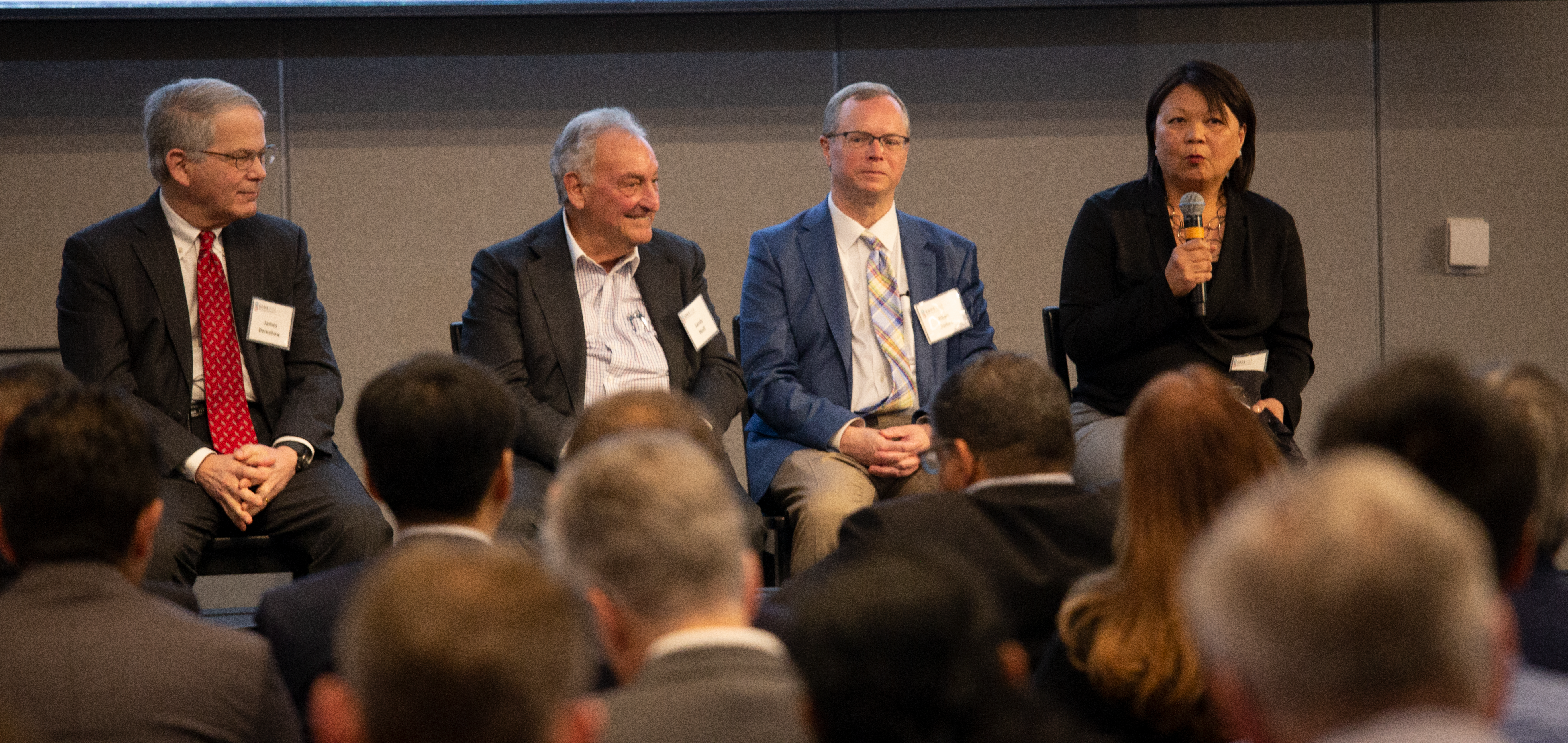
From Day One CIRM’s goal has been to advance stem cell research in California. We don’t do that just by funding the most promising research -though the 51 clinical trials we have funded to date clearly shows we do that rather well – but also by trying to bring the best minds in the field together to overcome problems.
Over the years we have held conferences, workshops and symposiums on everything from Parkinson’s disease, cerebral palsy and tissue engineering. Each one attracted the key players and stakeholders in the field, brainstorming ideas to get past obstacles and to explore new ways of developing therapies. It’s an attempt to get scientists, who would normally be rivals or competitors, to collaborate and partner together in finding the best way forward.
It’s not easy to do, and the results are not always obvious right away, but it is essential if we hope to live up to our mission of accelerating stem cell therapies to patients with unmet medical needs.
For example. This past week we helped organize two big events and were participants in another.
The first event we pulled together, in partnership with Cedars-Sinai Medical Center, was a workshop called “Brainstorm Neurodegeneration”. It brought together leaders in stem cell research, genomics, big data, patient advocacy and the Food and Drug Administration (FDA) to tackle some of the issues that have hampered progress in finding treatments for things like Parkinson’s, Alzheimer’s, ALS and Huntington’s disease.
We rather ambitiously subtitled the workshop “a cutting-edge meeting to disrupt the field” and while the two days of discussions didn’t resolve all the problems facing us it did produce some fascinating ideas and some tantalizing glimpses at ways to advance the field.

Two days later we partnered with UC San Francisco to host the Fourth Annual CIRM Alpha Stem Cell Clinics Network Symposium. This brought together the scientists who develop therapies, the doctors and nurses who deliver them, and the patients who are in need of them. The theme was “The Past, Present & Future of Regenerative Medicine” and included both a look at the initial discoveries in gene therapy that led us to where we are now as well as a look to the future when cellular therapies, we believe, will become a routine option for patients.
Bringing these different groups together is important for us. We feel each has a key role to play in moving these projects and out of the lab and into clinical trials and that it is only by working together that they can succeed in producing the treatments and cures patients so desperately need.

As always it was the patients who surprised us. One, Cierra Danielle Jackson, talked about what it was like to be cured of her sickle cell disease. I think it’s fair to say that most in the audience expected Cierra to talk about her delight at no longer having the crippling and life-threatening condition. And she did. But she also talked about how hard it was adjusting to this new reality.
Cierra said sickle cell disease had been a part of her life for all her life, it shaped her daily life and her relationships with her family and many others. So, to suddenly have that no longer be a part of her caused a kind of identity crisis. Who was she now that she was no longer someone with sickle cell disease?
She talked about how people with most diseases were normal before they got sick, and will be normal after they are cured. But for people with sickle cell, being sick is all they have known. That was their normal. And now they have to adjust to a new normal.
It was a powerful reminder to everyone that in developing new treatments we have to consider the whole person, their psychological and emotional sides as well as the physical.

And so on to the third event we were part of, the Stanford Drug Discovery Symposium. This was a high level, invitation-only scientific meeting that included some heavy hitters – such as Nobel Prize winners Paul Berg and Randy Schekman, former FDA Commissioner Robert Califf. Over the course of two days they examined the role that philanthropy plays in advancing research, the increasingly important role of immunotherapy in battling diseases like cancer and how tools such as artificial intelligence and big data are shaping the future.
CIRM’s President and CEO, Dr. Maria Millan, was one of those invited to speak and she talked about how California’s investment in stem cell research is delivering Something Better than Hope – which by a happy coincidence is the title of our 2018 Annual Report. She highlighted some of the 51 clinical trials we have funded, and the lives that have been changed and saved by this research.
The presentations at these conferences and workshops are important, but so too are the conversations that happen outside the auditorium, over lunch or at coffee. Many great collaborations have happened when scientists get a chance to share ideas, or when researchers talk to patients about their ideas for a successful clinical trial.
It’s amazing what happens when you bring people together who might otherwise never have met. The ideas they come up with can change the world.
Was the need for stem cell-specific dose determination discussed, noted, mentioned? How can the results of stem cell clinical trails be interpreted soundly without knowing the stem cell-specific dose of treatments?
Hi James, that’s the importance of taking part in a clinical trial given the go-ahead by the FDA. They, and the researchers, agree on dosing level or levels, timing of administration, follow-up etc. Without those parameters the results, as you rightly point out, mean very little.